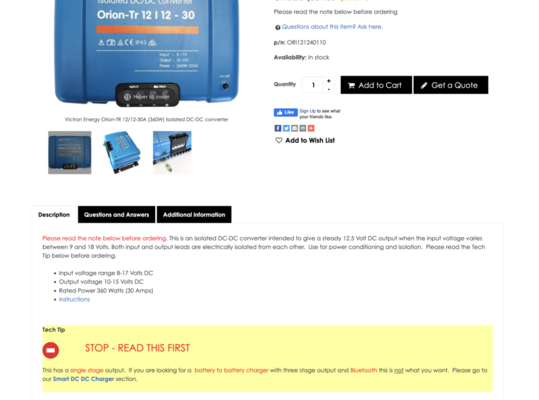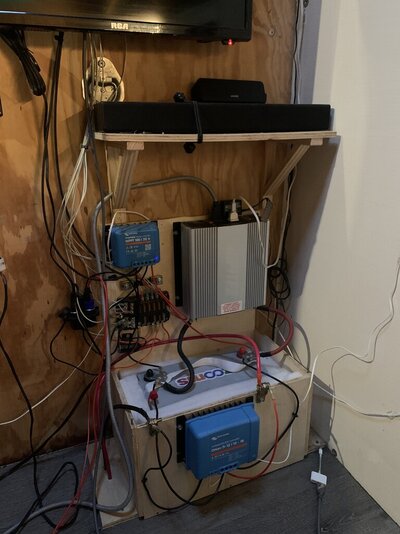DonTom
Well-known member
You mean the Charge Wizard thingy? I had one on my old RV, B4 I changed to lith. See this thread.I don't think the pendant would be useful on a regular basis. It would be handy to verify that the converter is operating in the various stages I suppose.
IMO, it's rather useless anyway, and is not compatible with lith converters.
-Don- Auburn, CA


